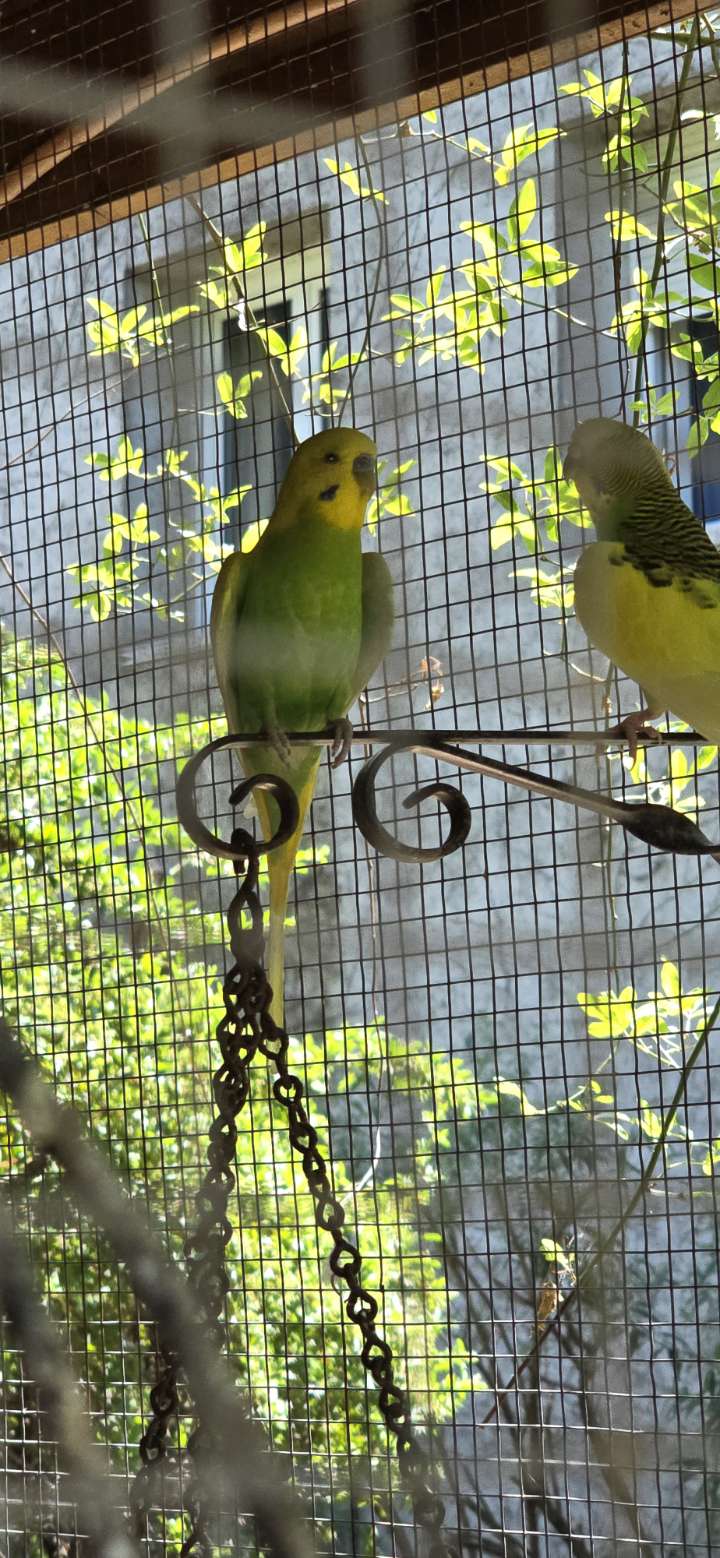The history of the building

From silk spinning mill to guesthouse
Avant d’être un hôtel-restaurant niché dans la verdure, Les Norias*** était une ancienne filature de soie, témoin d’un riche passé industriel qui a façonné l’âme des Cévennes. Aujourd’hui, ce bâtiment chargé d’histoire vous accueille dans un cadre paisible, entre mémoire vivante et confort contemporain.
An old silk spinning mill in the heart of the Cévennes.
Built in the 19th century, the building was used to transform the cocoons raised in the nearby silk farms into precious silk thread. The clear water of the Vis, nearby, powered the mechanisms necessary for spinning, while the thick walls and tall windows ensured ventilation and natural light, creating ideal conditions for the delicate work of silk.
This functional, robust, and elegant architecture is still visible today, carefully preserved during its renovation into a hotel.
Cévennes silk farming
The Cévennes were the cradle of French silk for nearly three centuries. Each farm or house had its own silk farm, where silkworms (called "magnans") were raised on white mulberry leaves. Once the cocoons were formed, they were transported to spinning mills, like that of the Norias, to be transformed into raw silk thread.
From leaf to thread :
Cultivation of mulberry trees
Raising silkworms
Harvesting cocoons
Spinning in the mills
Sending to weavers and silk manufacturers
This activity has profoundly influenced the economy and landscapes of the Cévennes. Even today, some farmers continue this tradition, and several local museums (such as the Silk Museum in Saint-Hippolyte-du-Fort) allow visitors to discover this unique craftsmanship.
